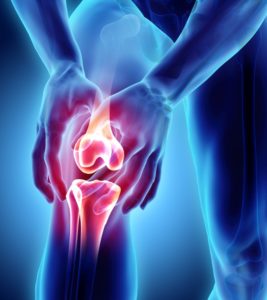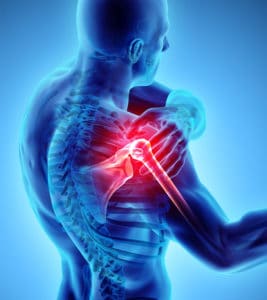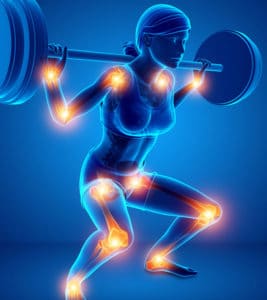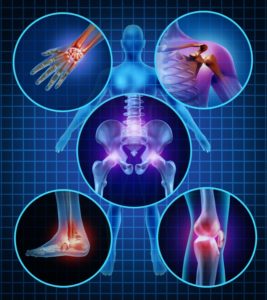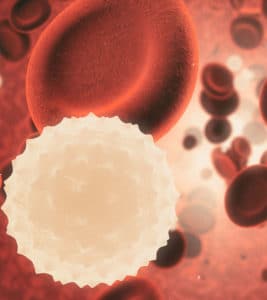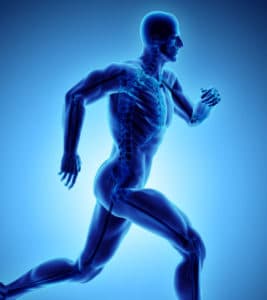AC Joint Separation
What is the Anatomy of the AC Joint?
The acromioclavicular (AC) joint is located where the end of the clavicle (collarbone) connects to the acromion (shoulder blade). Multiple ligaments and a cartilage that lies at the junction of the two bones hold the AC joint closely together. An AC joint injury is a common shoulder condition generally caused by a hard fall onto the top of the shoulder. The injury can range from a mild sprain to a complete shoulder separation depending on the forceful natural of the injury.
What are the Grades of an AC joint Injury?
An AC joint injury can be measured from Grades 1 through 6. Mild injuries of Grade 1 and 2 are treated conservatively without surgery. Grade 3, depending on various factors are usually treated conservatively as well. Grades 4 through 6 are much more severe shoulder separations and typically are treated with surgery.
What are the Symptoms of an AC Joint Injury?
- Point tenderness directly over the AC joint
- Pain/tenderness with shoulder motion and weight bearing
- Mild bruising, swelling, and a visible deformity
- Prominence of the clavicle in higher-grade injuries
How do you diagnose an AC Joint Injury?
Dr. Natividad will perform a complete physical examination of the shoulder and a series of x-rays to assist confirmation of an AC joint injury. An x-ray can also help to assess for any additional injuries such as a possible fracture of the clavicle.
What are the Treatment options for an AC Joint Injury?
Appropriate treatment of an AC joint injury will be based on several factors including the injury grade level, level of AC joint pain and the functional status and needs of the patient.
AC joint sprains grades 1 to 3 are typically treated conservatively with anti-inflammatory medications, a duration of rest and immobilization with a sling to be followed by initiation of physical therapy as needed. Patients typically return to normal activities anywhere between 1 to 6 weeks.
When does an AC Joint Injury need Surgery?
AC joint injuries Grades 4 to 6 are typically treated with surgery. Depending on different factors, this could involve a small mini-open reconstruction versus an arthroscopic AC joint reconstruction to stabilize the AC joint. The AC joint is reconstructed by utilizing a suture fixation device, which typically is in combination with a ligament graft depending on the acuity and severity of the injury in order to restore full joint stability and function.







